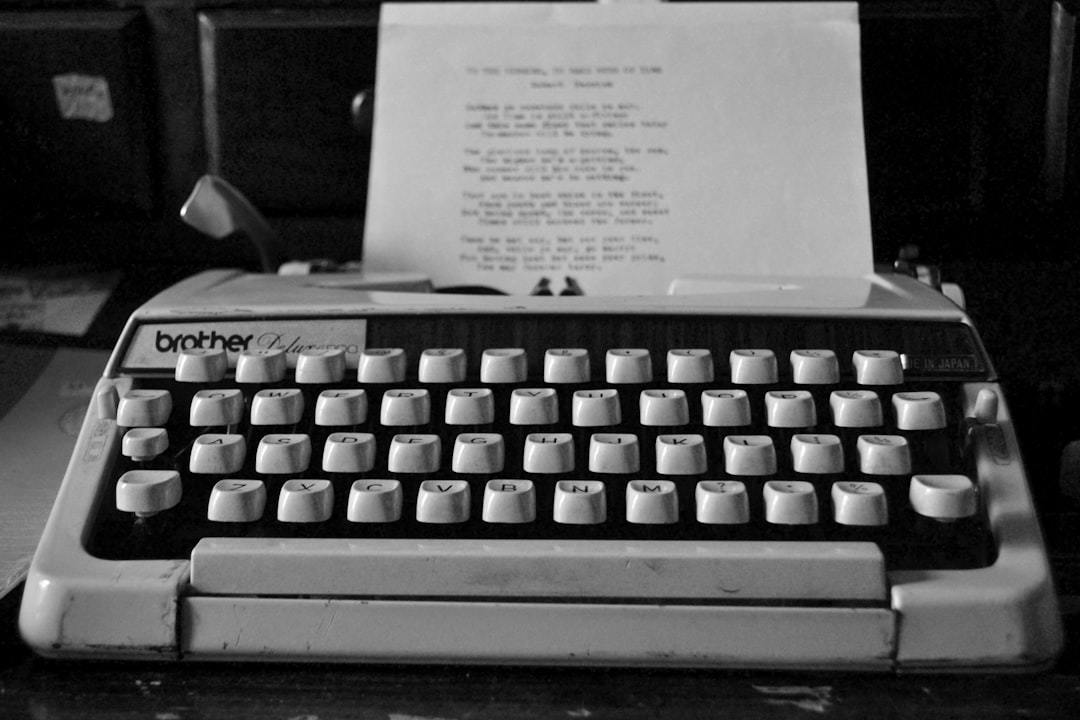You’ve given your job everything you had. You’ve been all in, from burning the midnight oil to skipping meals. But now, you’re feeling ready for something new and exciting. Finding resignation letter examples on Google might be a good starting point.
The challenge is how to sum up your experience, express your gratitude, and ensure a smooth transition all in one letter. That’s where creating resignation letter examples comes in. They’re your secret weapon for crafting a professional, polished resignation letter that leaves a positive, lasting impression.
Table Of Contents:
- Professional Resignation Letter Templates
- Personal Reasons for Resignation
- Email Resignation Letter Examples
- Conclusion
Professional Resignation Letter Templates
When it’s time to move on from your current job, it’s important to do it correctly. That means writing a professional resignation letter formally notifying your employer of your decision to leave.
What should you include in your resignation letter, and how should you set the right tone? Relax; I have some great resignation letter examples and helpful templates ready for you.
Sample Professional Resignation Letter Template
If you’re looking for guidance, here’s a well-detailed resignation letter template for writing your own professional resignation letter sample:
Dear [Manager’s Name],
Please accept this letter as formal notification of my resignation from my position as [job title] at [company name]. My last day of employment will be [date], two weeks from today.
I really appreciate everything I’ve learned during my time here, thanks to the help of both my coworkers and bosses. Their support has been invaluable.
Over the next couple of weeks, I’m ready to help transfer my duties. Please inform me how I can contribute to an easy and efficient handoff.
I appreciate being given this opportunity to be part of [company name]. Wishing nothing but success and good times ahead for both the company and everyone I worked with.
Sincerely,
[Your Name]
This resignation letter sample covers all the essentials. It’s straightforward and polite, clarifying that you’re resigning while showing appreciation for your time with the company. Plus, offering to assist during the transition is a thoughtful touch for leaving your current role on good terms to avoid burning bridges.
Key Elements of a Professional Resignation Letter
So, what are the must-have components of any good job resignation letter? Here’s a quick rundown of a formal resignation:
- A clear statement of your resignation and when your last day will be (typically two weeks from the date of the letter)
- Gratitude for the opportunities and experiences gained during your employment
- An offer to assist with the transition of your responsibilities leading up to your last day
- Well wishes to the company and your colleagues for continued success in the future
It’s also crucial to keep your letter concise, professional, and positive in tone. Avoid airing any grievances or complaints – a formal resignation letter is not the place for that. The goal is to maintain a good relationship with your employer, as you never know when you may need a reference or recommendation, and not burn bridges.
Including these key elements and striking the right tone can help you write a resignation letter that leaves a good impression. It’s always smart to leave on positive terms.
Personal Reasons for Resignation
Sometimes, life happens, and we need to resign from a job for personal reasons. Whether it’s to care for a family member, relocate to a new city, or pursue a different career path, many of us will face this situation at some point.
Be professional but honest about your notice resignation situation. You don’t have to share everything; just a quick short resignation explanation can help others understand why you’re making this choice.
Resignation Letter Examples for Personal Reasons
Check out this example if you need help writing a polite and professional resignation letter for personal reasons:
Dear [Manager’s Name],
I am writing to inform you of my decision to resign from my position as [job title], effective [date]. After much consideration, I have concluded that it is necessary for me to step down from my role to attend to a family matter that requires my full attention.
I’m thankful for the support and chances to grow professionally received at [company]. Working with such a talented team has truly been enjoyable.
I want to assist with a smooth transition of my duties before I depart. Over the next [notice period in weeks], I’ll focus on completing ongoing tasks and, if needed, train whoever will take over for me. Let’s discuss any specific areas where you need extra support.
I appreciate your understanding. Wishing nothing but success and growth for the company’s future endeavors.
Sincerely,
[Your Name]
The tone here is professional yet sincere. It expresses gratitude and offers to help with the transition, but it also clearly states the reason for leaving—attending to a pressing family matter.
When resigning for personal reasons, it’s okay to keep details brief. You want to be honest, but you don’t owe your employer a lengthy explanation either. The most important things are to give adequate notice, express gratitude, and offer your support during the transition period.
Leaving your job with grace and professionalism can help you keep good relationships, which might be useful for future work opportunities. A thoughtful, simple resignation letter helps you balance personal priorities while leaving on a positive note on your final day.
Email Resignation Letter Examples
Even in our tech-savvy world, emailing a resignation letter has become common. However, that doesn’t mean you can slack off on professionalism.
Crafting an email resignation requires the same care and attention as a traditional printed letter. The goal is to inform your employer of your decision clearly and respectfully.
Crafting an Effective Email Resignation Letter
Here are some tips and best practices to keep in mind when writing your email short resignation letter format:
- Use a clear, direct subject line like “Resignation – [Your Name]” so there’s no confusion about the email’s content
- Keep the body of the email concise and to the point, following the same structure as a traditional resignation letter (statement of resignation, last day, expression of gratitude, offer to assist with transition)
- Proofread carefully for any spelling or grammatical errors before hitting send – you want your email to be polished and professional
- Send the email to your direct supervisor and HR representative, and consider copying any other relevant parties, like your department head
- Timing matters – send your email at a time when your supervisor will be able to read and process it (i.e., not 5 minutes before their big presentation)
Before sending your official email resignation letter, it’s a good idea to talk with your manager face-to-face. This shows respect and gives you the chance to discuss how you’ll transition out of your role.
Remember, your email resignation will likely be forwarded to multiple parties and become part of your employee record. So take the time to get it right and ensure it represents you well. A little extra effort can go a long way in leaving a positive impression, even as you move on to your next chapter for career growth.
Conclusion
Resignation letter examples guide you through the sometimes awkward, often bittersweet process of saying goodbye to a job. They help you strike the right tone, include the necessary information, and leave on a high note.
Remember, your resignation letter is your final impression. Make it count. Express your gratitude, offer to help with the transition, and keep it professional. With these resignation letter samples as your roadmap, you’re well on your way to writing a resignation letter that does justice to your time at the company and paves the way for exciting new opportunities ahead.
Subscribe to my LEAN 360 newsletter to learn more about startup insights.





